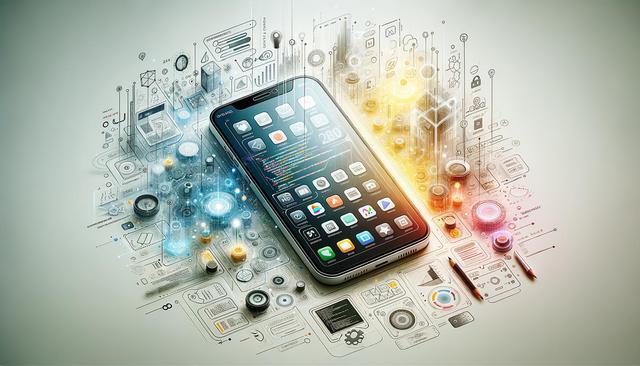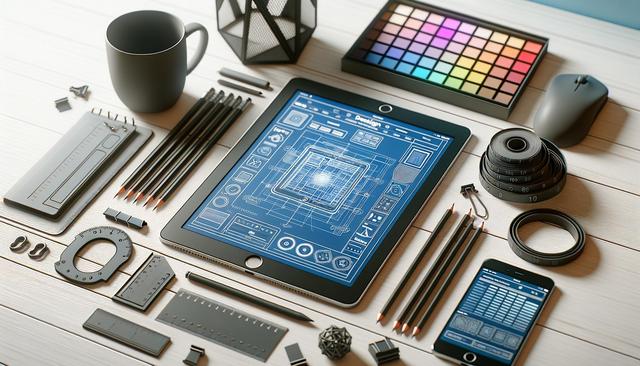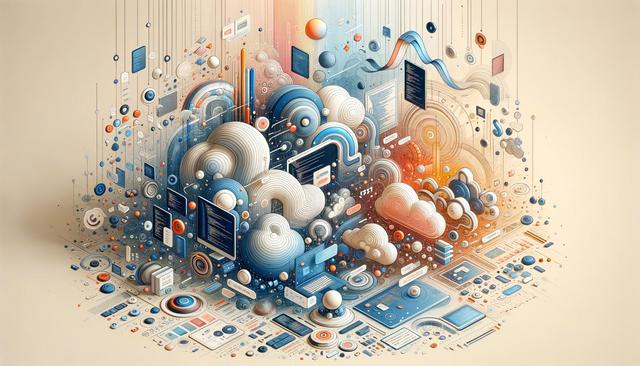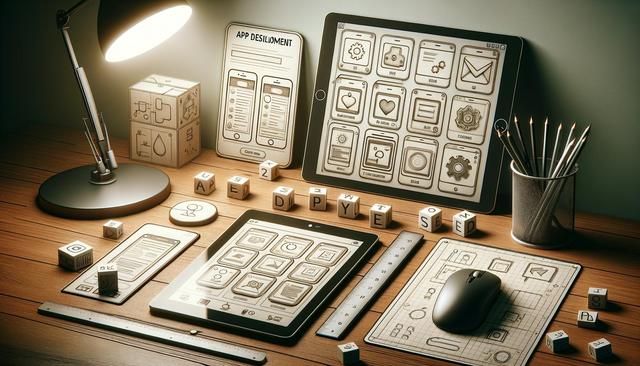
Exploring the World of App Design & Development
Understanding the App Design Process
The journey of creating a successful app begins with a clear understanding of the user’s needs and business goals. App designers play a crucial role in this process by shaping the visual and interactive elements of an app to ensure it is intuitive and engaging. They often collaborate closely with developers, product managers, and clients to translate concepts into usable solutions. The process typically involves several stages, including user research, wireframing, prototyping, and UI/UX design. Familiarity with tools like Figma, Adobe XD, and Sketch is common among professionals in this field.
App designers must also consider accessibility, responsiveness, and performance across different devices. Their ability to balance aesthetics with functionality is what makes the user experience seamless. As the demand for digital experiences grows, so does the need for skilled professionals who can turn ideas into visually compelling and easy-to-navigate apps.
The Role of Education in Digital Design
A strong educational foundation is essential for aspiring app designers. Many professionals begin their journey through digital art and design courses that teach the principles of composition, color theory, and visual storytelling. These courses help build the creative thinking required to craft appealing interfaces.
For those seeking flexibility, online digital design programs offer a convenient way to acquire relevant skills. These programs often include modules in typography, branding, and interaction design, which are vital in app development. Additionally, graphic design and animation courses online provide a deeper understanding of motion design, which is increasingly used in app transitions and animations to enhance user engagement.
Some key benefits of these educational paths include:
- Access to experienced instructors and industry-standard tools
- Hands-on projects that simulate real-world scenarios
- Flexible schedules suitable for working professionals or students
Whether through formal degrees or self-paced online learning, education remains a cornerstone for building a career in app design and development.
Integrating Generative AI into App Development
One of the most transformative trends in the digital space today is the use of generative AI. In the context of app design and development, this technology is revolutionizing how user interfaces are created and optimized. Generative AI can assist in producing design variations, automating repetitive tasks, and even predicting user behavior to enhance the overall experience.
For instance, designers can use AI tools to generate multiple layout options based on a set of requirements, dramatically accelerating the design phase. Developers, on the other hand, can implement AI-driven features like chatbots, recommendation engines, and personalized content delivery within apps. This integration not only saves time but also opens new possibilities for innovation.
Examples of AI applications in app development include:
- Automated UI prototyping based on user input
- Real-time user feedback analysis for continuous improvement
- Content generation for dynamic app interfaces
As AI technologies continue to evolve, they are likely to become even more embedded in the workflow of app designers and developers.
Design Tools and Technologies
The tools and technologies used in app design and development are constantly evolving. Designers rely on a robust toolkit to bring their creative visions to life. Tools commonly used include vector graphic editors, prototyping platforms, and collaborative design environments. Developers, on the other hand, work with programming languages such as Swift, Kotlin, or JavaScript, along with frameworks like React Native or Flutter.
Staying current with these tools is essential. Many online digital design programs and graphic design and animation courses online incorporate hands-on training with the latest software and platforms. This practical knowledge ensures that learners can seamlessly transition into real-world projects.
Some essential tools in the app design and development toolkit include:
- Design: Figma, Adobe XD, Sketch
- Prototyping: InVision, Marvel, Axure
- Development: React Native, Flutter, Xcode, Android Studio
Understanding how to use these tools effectively allows designers and developers to collaborate more efficiently and produce high-quality apps that meet user expectations.
Career Opportunities and Growth
The field of app design and development offers diverse career opportunities for those with the right mix of creativity and technical skills. As mobile usage continues to rise globally, the demand for skilled professionals in this area is growing steadily. From freelance projects to in-house roles at tech companies, the possibilities are vast.
Graduates of digital art and design courses and those who complete online digital design programs are well-positioned to enter the job market. Roles can range from UI/UX designer and mobile app developer to product designer and interaction designer. With the added advantage of knowledge in generative AI, professionals can also explore emerging roles focused on AI-driven user experiences and automation.
Key factors that contribute to career growth in this field include:
- Continual learning and upskilling
- Strong portfolio showcasing a variety of projects
- Ability to work collaboratively in cross-functional teams
Given the rapid pace of technological change, professionals who stay updated and adaptable are more likely to thrive in the evolving landscape of app design and development.


